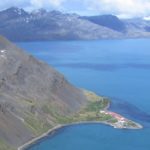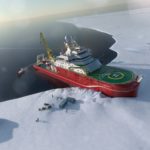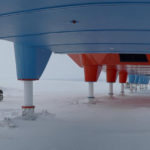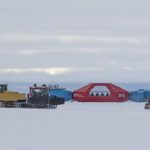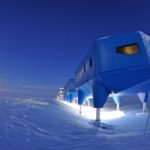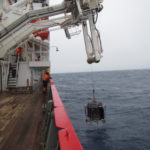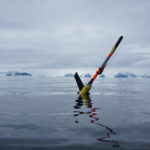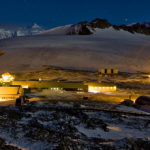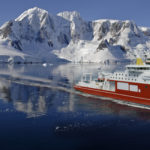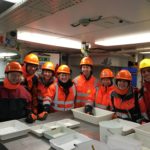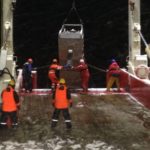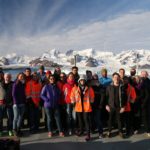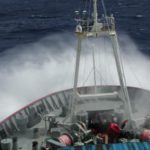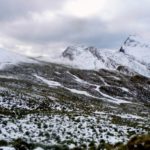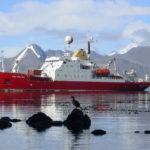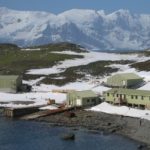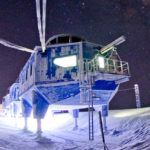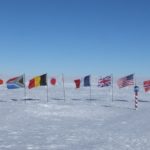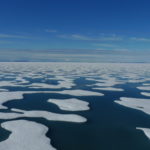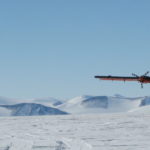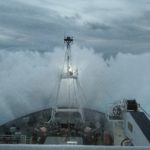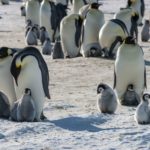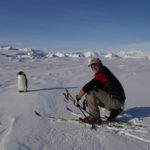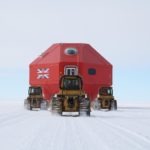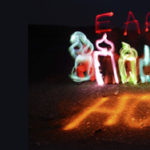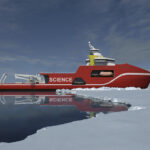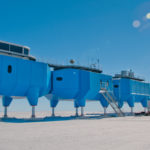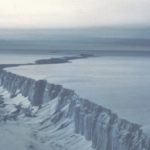Read more about what the Aurora Innovation Centre can offer.
Boats, cargo, helideck and hangar
The RRS Sir David Attenborough, commissioned by NERC, built by Cammell Laird for operation by British Antarctic Survey, is one of the most advanced polar research vessels in the world.
Discover the UK’s national capability to support science from the air
Shallow UW Camera System can work to depth up to 1000m, showing a black and white live low resolution video stream and can take colour high resolution stills. The system consists …
The RRS James Clark Ross has a purpose build scientific mooring winch, which is capable of deploying mooring of up to 4000m length of 14mm rope diameter. The winch has a …
BAS has developed aerogravity systems that can be mounted in its geophysical survey aircraft, or in a UAV. Over 100,000 km of gravity data has been collected since such systems …
The radar system is composed of a complex waveform generator, signal processor, data handler and data store. It includes a high power transmitter (up to 66dBm or 4kW), a low …
Two of the four BAS Twin Otters are equipped with a full remote sensing capability, providing scientists with data on land, ice and sea. This includes VNIR & SWIR hyperspectral …
Enabling ice observation programmes
Specialist team for specialist work
Delivering the Antarctic infrastructure modernisation programme
Operational support for UK polar research is managed by our Operations teams. The team covers a wide range of activities from managing Arctic and Antarctic Research stations, operating polar ships …
Airborne instrument capability
SAOZ measures sunlight scattered from the overhead sky in a way that allows us to calculate how much of the atmospheric gases ozone and nitrogen dioxide the light has passed through …
The microwave radiometer enables us to gain a better understanding of the chemistry and physics of the polar middle atmosphere, 35–90km above the ground, and how it affects climate. For example, …
The riometer at Halley measures the radiowave noise at 30MHz coming from the Galaxy. Typically there is a gentle variation of the noise during each day as the Earth turns …
Search coil magnetometer Several kinds of natural waves in the ultra-low-frequency (ULF) range are generated in Earth’s space environment (the magnetosphere, bounded by Earth’s magnetic field as it extends into …
The Halley VLF receiver listens to very-low frequency radio waves as part of a network of receivers located all over the polar regions. The data gathered by this network is used by …
Bomem The Bomem has been operating at Halley periodically since 2002. It’s a spectrometer: an instrument that splits light into its component colours. It is designed to look specifically at …
At Halley, balloon launches take place every day at 11am. A device called a radiosonde hangs beneath the helium-filled balloon and measures temperature, pressure and humidity. From GPS we can …
Studying winds, waves, and tides in the upper atmosphere across the polar regions.
Met tower Meteorological scientists at Halley have been measuring the weather in great detail and with ever more sophisticated gadgets since the station first opened over 50 years ago. Instruments …
Rothera Research Station ARIES Dome
MF Radar Info to be added Skiymet Radar Info to be added
Hardware for general use 4 x public use PC workstations with minimum i5 processor, 8GB RAM and 19″ screen Principle Scientist cabin: i5 PC with 24″ screen Local area network …
Offices, social and recreational faclilities
The runway at Rothera is 900 metres long (2,950 ft) and is made of crushed rock. To the west of the runway lies the aircraft hangar, which houses the Dash-7 and three Twin …
The Twin Otter is a high-wing, twin-engine, turbo-prop aircraft. They are used all over the world and are known for their rugged construction, reliability and short take-off and landing performance. …
The De Havilland Canada Dash-7 (DHC-7) is a key element of our aircraft capability. This four-engined aircraft with a worldwide reputation for reliability, economy and performance made its first flight …
Specialised observatory with a suite of instruments to measure the air and snow chemistry around Halley.
Supporting near-shore marine biology
Used mainly for transporting staff and cargo to research stations. On charter when not in Antarctica
Visit Ny-Ålesund in the high Arctic, Svalbard
Supporting deep-field science missions
Refuelling and meteorology facility to support deep-field science parties
Signy Research Station is one of Britain’s smallest stations, and is only occupied in summer. The island’s abundant wildlife and greenery make it an ideal outdoor laboratory. Research at Signy …
Halley VI Research Station, Brunt Ice Shelf, Antarctica
King Edward Point is primarily a marine and fisheries research station. Owned by the Government of South Georgia and the South Sandwich Islands (GSGSSI) and operated by British Antarctic Survey …
Bird Island Research Station is an important centre for research into bird and seal biology. Lying off the north-west tip of South Georgia, Bird Island is one of the richest …
The largest British Antarctic facility is a centre for biological research and a hub for supporting deep-field science.
